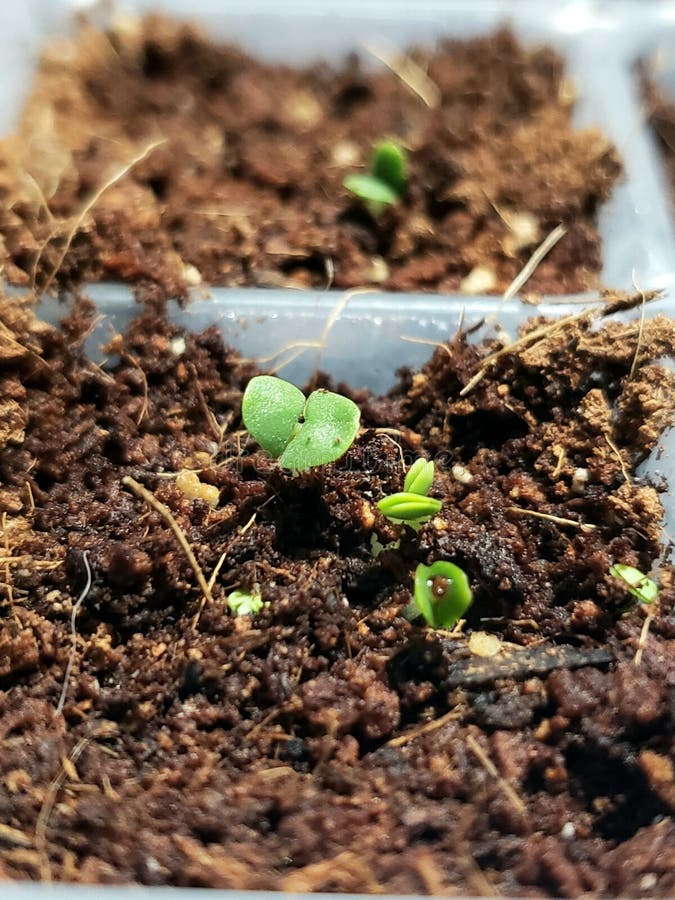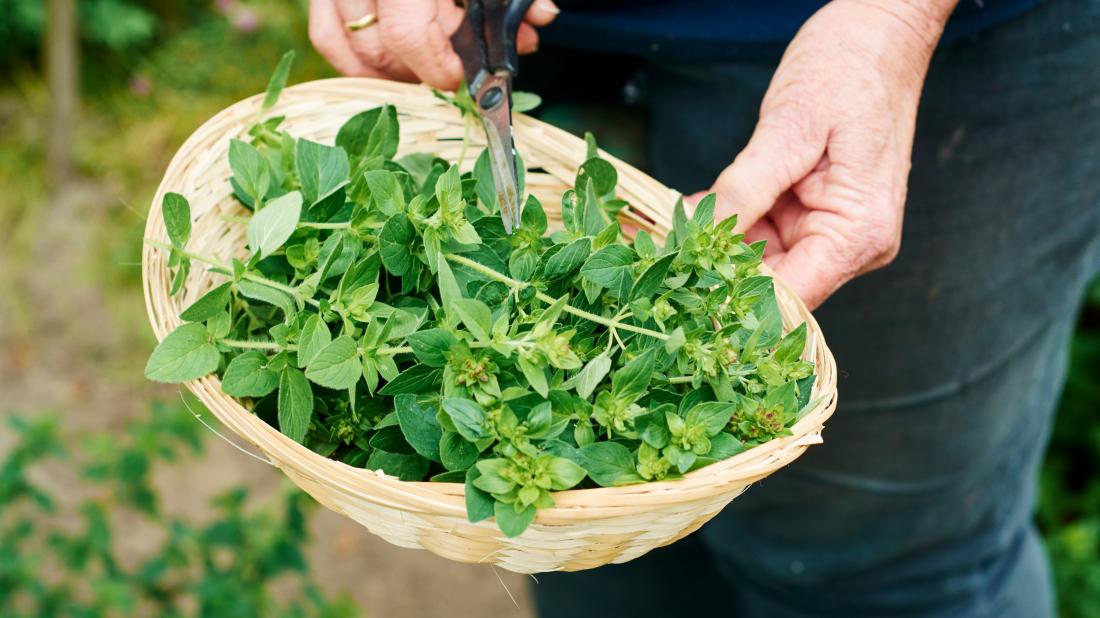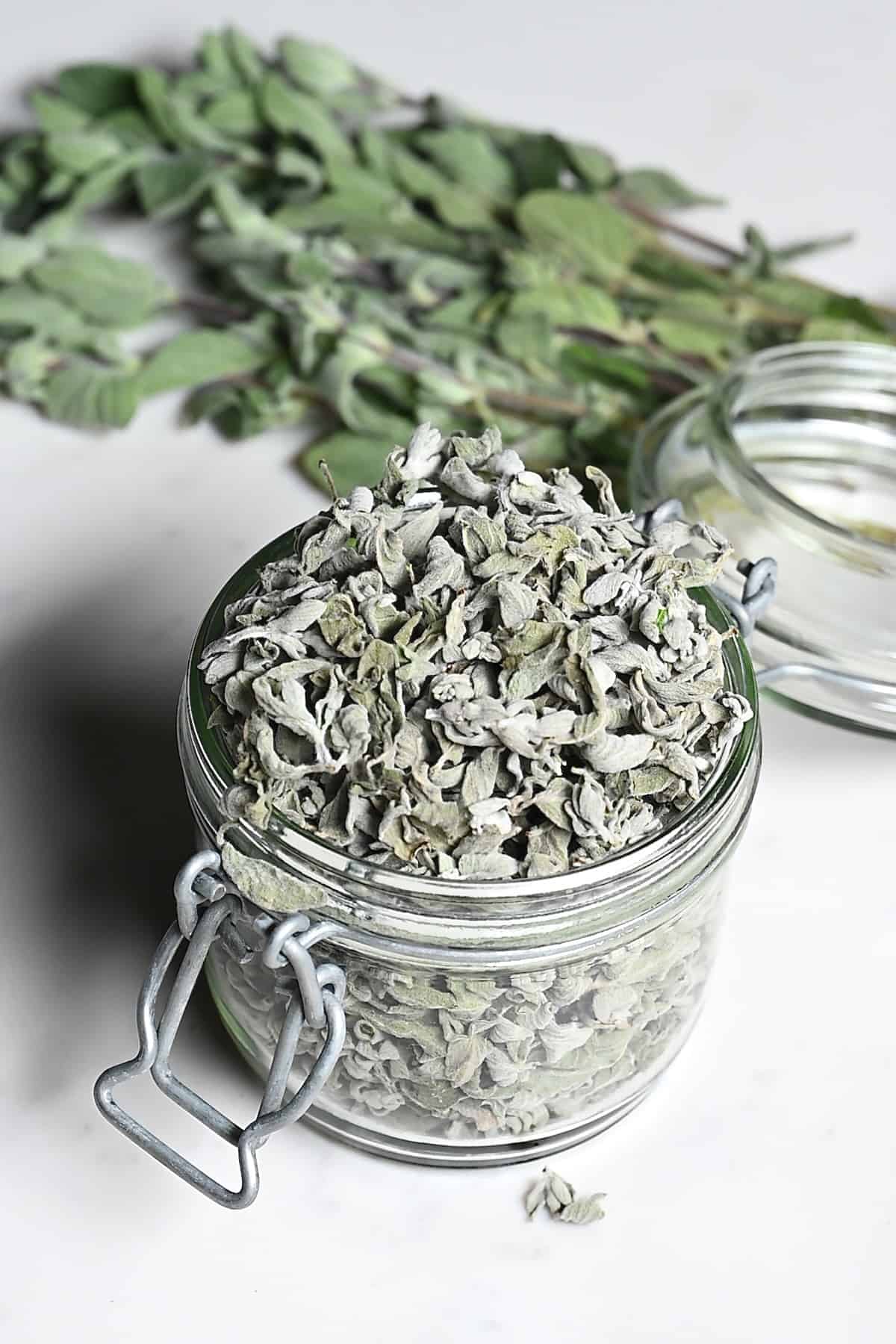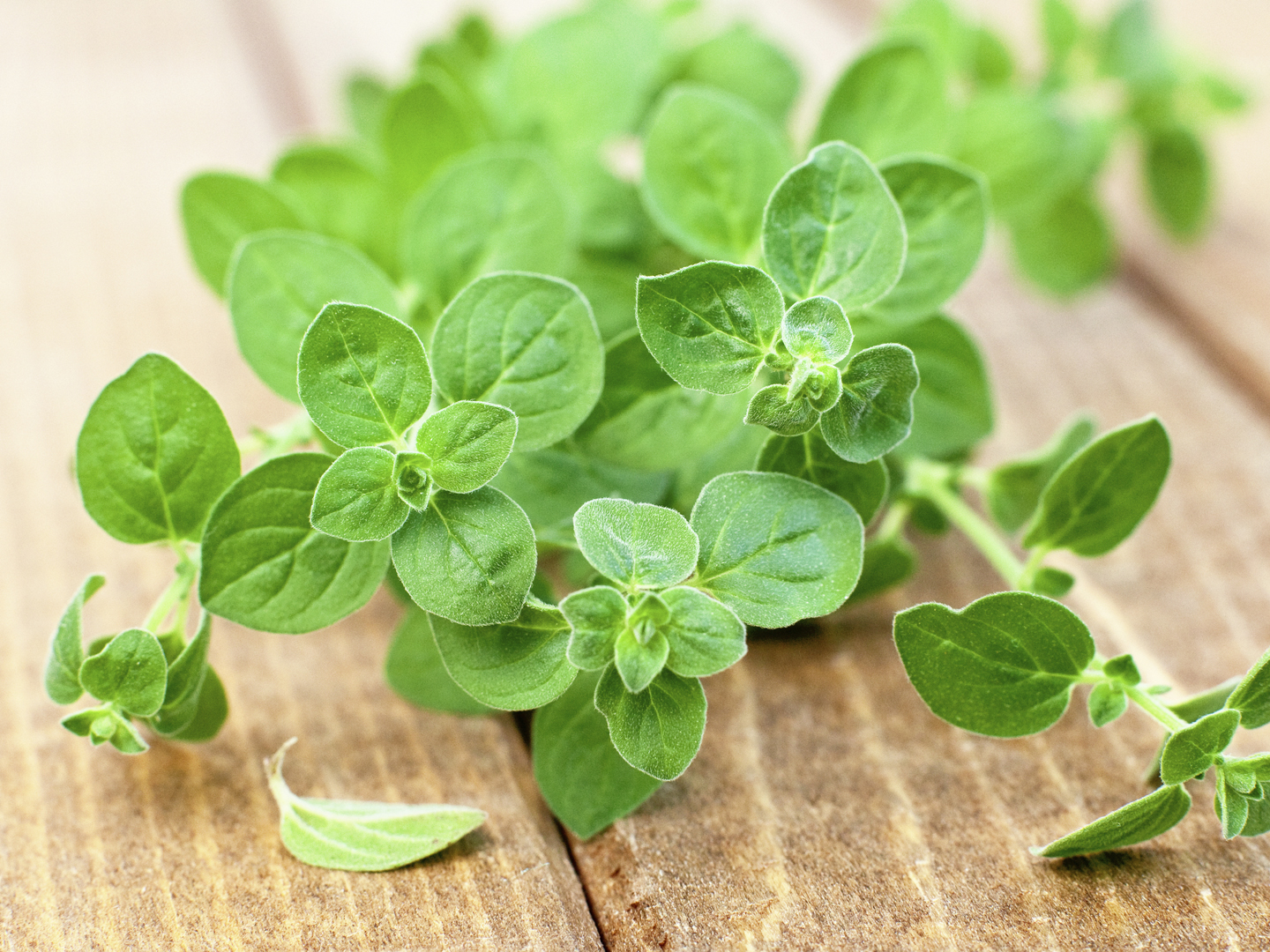How to Grow Oregano Plants: A Guide to Growing This Aromatic and Flavorful Herb
Are you ready to elevate your culinary creations to gourmet status? Ever wondered how to infuse that unmistakable burst of flavor into your dishes? Look no further than the humble oregano plant! In this comprehensive guide, we’re diving deep into the world of growing this aromatic herb right in your backyard.
From its rich history dating back to ancient civilizations to its versatile uses in both cooking and natural remedies, oregano is a powerhouse of flavor and health benefits. Whether you’re a seasoned gardener or just starting out, join us on this journey as we unlock the secrets to growing your own oregano oasis. Get ready to tantalize your taste buds and impress your guests with homegrown freshness like never before!
Table of Contents
Planting Oregano Seeds in the Right Location
Finding the right location for planting oregano seeds is crucial for its successful growth and development.

- Choose a garden spot with full sun exposure, ensuring at least 6 to 8 hours of direct sunlight daily for optimal oregano growth.
- Prioritize well-drained soil, preferably sandy or loamy, enriched with organic matter to enhance texture and fertility.
- Amend the soil with compost or aged manure before planting to provide essential nutrients and bolster the plant’s disease and pest resistance.
- Avoid heavy clay soil or areas prone to waterlogging, as these conditions can lead to root rot and other detrimental issues.
- Selecting the right location with adequate sunlight and well-drained soil lays the foundation for successful oregano cultivation.
By selecting the right location with proper sunlight and well-drained soil, you are setting the stage for successful oregano cultivation.
Choosing the Ideal Soil for Oregano Plants
When it comes to growing oregano plants, choosing the ideal soil is crucial for their optimal development and overall health. Oregano thrives best in well-draining soil that is rich in organic matter. A loamy soil with a pH level between 6.0 and 8.0 is considered ideal for oregano.

- Loamy Soil:
- Opt for loamy soil, which balances moisture retention and drainage.
- Prevents waterlogged conditions and root rot.
- Soil Texture:
- Choose loose soil to allow easy root penetration.
- Access to necessary nutrients is essential for healthy growth.
- Enrichment:
- Mix in compost or well-rotted manure to improve soil structure.
- Enriches the soil with essential nutrients.
- pH Level:
- Oregano prefers slightly alkaline soil.
- Add lime or wood ashes to regulate pH if needed.
Remember these tips to cultivate flavorful oregano! 🌿🍃🌱
Providing Adequate Sunlight for Oregano Growth
Oregano plants, like most herbs, thrive when provided with adequate sunlight. Sunlight is essential for plant growth as it provides the energy needed for photosynthesis, the process by which plants convert light into chemical energy. When it comes to oregano, it is important to choose a location that receives full sun for at least six to eight hours per day.

- Choose garden spots unobstructed by tall buildings, trees, or structures to maximize sunlight exposure, as oregano thrives in warmer climates and benefits from direct sun.
- Ensure plants receive ample sunlight for proper growth and to enhance the flavor and aroma of oregano leaves.
- Be mindful of extreme heat and intense sunlight, as they can stress oregano plants. Provide shade during the hottest part of the day to prevent scorching and wilting.
- For indoor cultivation, utilize artificial lighting like grow lights to mimic sunlight and maintain optimal light intensity for healthy plant development.
Watering Oregano Plants Properly
Watering is a crucial aspect in the proper care of oregano plants as it directly affects their growth and overall health. Oregano plants require regular watering to thrive, but it is important to strike a balance and avoid overwatering. Overwatering can lead to root rot and other diseases, causing significant damage to the plants.

- Planting and Soil:
- Plant oregano in well-drained soil with lean-to-average quality.
- Avoid rich soil, as it can dilute the herb’s pungency.
- Oregano prefers full sun exposure.
- Watering Frequency:
- Oregano typically needs about an inch of water per week.
- Allow the soil to dry out between waterings.
- Overwatering can lead to root rot and other issues.
- Checking Moisture Levels:
- Before watering, check the soil moisture by inserting a finger about an inch deep into the soil. If it feels dry, it’s time to water.
- Deep Watering:
- Provide deep watering rather than light sprinkling.
- This encourages deeper root growth and healthier plants.
- Climate Considerations:
- Adjust watering based on local climate conditions (arid vs. humid).
- Aim for approximately one inch of water per week.
- Mulching:
- Mulch around the base of oregano plants to retain moisture.
- Organic mulch (e.g., straw or wood chips ) works well.
As with any gardening practice, it is important to monitor the moisture levels and adjust the watering accordingly. With the right approach, proper watering will contribute to robust and thriving oregano plants, ensuring a bountiful harvest of aromatic leaves for culinary delights.
Fertilizing Oregano Plants for Optimal Growth
To ensure optimal growth and development of your oregano plants, proper fertilization is essential. By providing the right nutrients in the right amounts, you can significantly enhance the health and productivity of your plants.
- Understand oregano’s preference for nutrient-rich soil and choose a fertilizer high in nitrogen, phosphorus, and potassium (NPK) to promote vigorous growth and flavorful leaf production.
- Conduct a soil test to determine existing nutrient levels and pH, guiding fertilizer selection to address specific deficiencies or imbalances.
- Opt for slow-release or organic fertilizers for sustained nutrient supply, reducing the risk of nutrient burn and promoting healthy growth.
- Follow manufacturer’s instructions for application rates and timing to prevent overfertilization, which can lead to nutrient imbalances and environmental pollution.
The following table explains about the fertilizing oregano plants for optimal growth:
| Fertilizing Oregano Plants for Optimal Growth | Key Practices and Considerations |
|---|---|
| 1. Soil Preparation | – Well-Draining Soil: Oregano prefers well-draining, loamy soil. |
| – pH Level: Maintain a slightly acidic to neutral soil pH (6.0-7.0). | |
| 2. Choosing Fertilizer | – Balanced Fertilizer: Use a balanced, all-purpose fertilizer. |
| – Organic Options: Consider organic fertilizers for a gentler approach. | |
| 3. Timing of Application | – Early Spring: Begin fertilizing in early spring as new growth emerges. |
| – Midseason Boost: Consider a second application in midsummer if needed. | |
| 4. Application Rates | – Follow Package Instructions: Apply fertilizer according to package instructions. |
| – Moderation is Key: Avoid over-fertilizing, which can harm the plant. | |
| 5. Nitrogen, Phosphorus, Potassium (NPK) | – Balanced Ratios: Choose a fertilizer with balanced NPK ratios, such as 10-10-10. |
| – Promoting Flowering: Higher phosphorus can support flowering and essential oil production. | |
| 6.Organic Fertilizer Options | – Compost and Manure: Use well-aged compost or organic manure for slow-release nutrients. |
| – Fish Emulsion: Organic sources like fish emulsion can provide a nutrient boost. | |
| 7. Mulching for Moisture and Nutrition | – Organic Mulch: Apply organic mulch around the base to conserve moisture and add nutrients. |
| – Avoid Piling Mulch: Avoid piling mulch against the plant’s stem to prevent rot. | |
| 8. Regular Watering | – Consistent Moisture: Maintain consistent soil moisture, as oregano prefers slightly moist conditions. |
| – Deep Watering: Water deeply to encourage strong root development. | |
| 9. Observation and Adjustments | – Monitor Plant Health: Watch for signs of nutrient deficiencies or excesses. |
| – Adjust as Needed: Adjust fertilization based on plant responses and growth. |
By following these guidelines and providing your oregano plants with suitable fertilization, you can ensure their optimal growth and maximize their flavor potential. However, it is important to note that fertilization is just one aspect of successful oregano cultivation. Paying attention to other critical factors such as sunlight, watering, and pest management is equally significant in maintaining a healthy and vibrant oregano garden.
Pruning Oregano Plants to Encourage Bushier Growth
To encourage bushier growth in your oregano plants, pruning plays a crucial role. By selectively removing certain parts of the plant, you can stimulate the growth of lateral branches, resulting in a fuller and more compact plant.

Remember, each oregano plant may have unique characteristics, so it’s crucial to observe the growth patterns and adjust your pruning techniques accordingly. By incorporating pruning as a regular part of your oregano plant care routine, you can enjoy a robust and flourishing herb garden.
Managing Pests and Diseases in Oregano Plants
A key aspect of successfully growing oregano plants is managing pests and diseases. While oregano is generally a hardy herb, it is still susceptible to certain pests and diseases that can affect its growth and overall health. Identifying and addressing these issues promptly is crucial in maintaining a thriving oregano garden.
| Issue | Symptoms and Effects | Treatment |
|---|---|---|
| Aphids | – Aphids thrive on oregano plants. | – Regular inspection for early detection. |
| – They reproduce quickly and can overburden | – Handpick aphids or use water, neem oil, or | |
| your plant. | insecticides. | |
| Beetles | – Beetles can damage leaves and stems. | – Remove beetles manually. |
| – They may chew holes in the foliage. | – Apply insecticides if infestation is severe. | |
| Whiteflies | – Whiteflies suck sap from leaves. | – Use yellow sticky traps to catch whiteflies. |
| – Leaves may turn yellow and become sticky. | – Neem oil or insecticidal soap can help. | |
| Spider Mites | – Spider mites cause stippling (tiny dots) on | – Spray plants with water to dislodge mites. |
| leaves. | – Use insecticidal soap or neem oil. | |
| Powdery Mildew | – White powdery spots on leaves. | – Remove infected leaves promptly. |
| – Leaves may become distorted or yellow. | – Improve air circulation and reduce humidity. | |
| – Can weaken the plant over time. | ||
| Botrytis Rot | – Older leaves in the center of the plant may | – Unfortunately, there is no cure for botrytis |
| rot. | rot. Remove and destroy infected plants. |
By being vigilant and implementing effective pest and disease management strategies, you can safeguard your oregano plants and ensure their continued vitality. Stay tuned for more valuable tips to help you successfully cultivate this aromatic herb.
Harvesting Oregano Leaves at the Right Time
Harvesting oregano leaves at the right time is crucial to ensure the best flavor and aroma in your culinary creations. Oregano is known for its strong taste that enhances a variety of dishes, so it’s essential to know when to gather its leaves for maximum potency.

- Harvest oregano leaves just before the plant flowers, when they contain the highest concentration of essential oils and flavor compounds.
- Look for the appearance of buds as a sign that the plant is ready for harvesting.
- Harvest in the morning when the essential oils in the leaves are at their peak.
- Cut sprigs furthest down on the plant to encourage new growth, using sharp, clean shears to snip stems close to the base.
- Avoid removing more than a third of the plant at a time to ensure it can regrow effectively.
- After harvesting, gently wash the leaves to remove dirt or debris, then pat them dry before use in recipes like pizza sauce, herb-infused oils, or marinades.
Remember, fresh oregano leaves truly elevate the flavors in your dishes, so harvest them at the right time to enjoy the full potential of this aromatic herb.
Drying Oregano Leaves for Long-Term Storage
Drying oregano leaves is a simple and effective way to preserve their flavor for long-term storage. After harvesting your oregano, you’ll want to dry the leaves to retain their aroma and potency. The key to successfully drying oregano leaves is to choose the right method and create the optimal drying environment.

- Air Drying:
- Gather a small bunch of oregano stems, removing any damaged or discolored leaves.
- Tie the stems together with a string or rubber band, leaving space between each stem for air circulation.
- Hang the bunch upside down in a cool, dark, and well-ventilated area.
- Avoid direct sunlight, as it can cause essential oil loss.
- Depending on conditions, it may take 1-2 weeks for leaves to dry completely.
- Once dry, remove leaves from stems and store in an airtight container.
- Food Dehydrator Method:
- Spread oregano leaves in a single layer on dehydrator trays (no overlapping).
- Set the temperature to around 95°F (35°C) for 2-4 hours.
- Monitor leaves to prevent over-drying.
- Once crisp and brittle, remove leaves and store in an airtight container.
By drying oregano leaves properly, you can maintain their aromatic flavor and utilize them in your culinary creations long after the growing season has ended. Experiment with different drying methods to find the one that works best for you, and enjoy the delightful taste of oregano throughout the year.
Using the Magic Mill Food Dehydrator Machine has been a game-changer for my kitchen. Its high capacity and multiple trays allow me to dehydrate a large batch of fruits, vegetables, and even jerky in one go. The adjustable temperature settings are perfect for ensuring that each type of food is dried at its ideal temperature, while the digital timer makes it incredibly convenient to use without constant monitoring.
I appreciate the even drying this machine provides, thanks to its excellent air circulation system. Cleanup is a breeze as the trays are dishwasher-safe, and despite its powerful performance, it operates quietly. However, its bulky size does take up significant counter space, and the plastic trays might not be everyone’s preference. Additionally, there was a bit of a learning curve in figuring out the best settings for different foods. Overall, it’s a versatile and efficient addition to any kitchen, making food preservation easy and effective.
- High Capacity: Comes with multiple trays, allowing you to dehydrate large quantities of food at once.
- Adjustable Temperature: Features adjustable temperature settings for precise dehydration of various foods.
- Digital Timer: Equipped with a digital timer for easy, hands-free operation.
- Even Drying: Provides uniform drying thanks to its superior air circulation system.
- Versatile: Suitable for dehydrating fruits, vegetables, herbs, meat, and more.
- Easy to Clean: Trays are removable and dishwasher-safe, making cleanup convenient.
- Quiet Operation: Operates quietly, making it ideal for use in any home setting.
- Bulky Size: Its large size may take up considerable counter space and can be cumbersome to store.
- Plastic Trays: Some users might prefer metal trays over plastic for durability and ease of cleaning.
- Initial Learning Curve: May require some experimentation to achieve optimal dehydration results for different foods.
- Power Consumption: Being an electrical appliance, it can add to the energy bill, especially with frequent use.
Using Fresh Oregano Leaves in Culinary Delights
Fresh oregano leaves are a delightful addition to various culinary creations, adding a robust and aromatic flavor profile that enhances the overall taste of dishes.

Preserving Oregano Flavor through Freezing
When it comes to preserving the delightful flavor of oregano, freezing can be an excellent method.
- Wash the Leaves: Start by rinsing the oregano leaves under cool water to remove any dirt or debris. Pat them dry with a clean towel.
- Remove Stems: Strip the leaves from the stems. You don’t want to freeze the inedible sprigs, so discard the stems.
- Choose a Freezing Method:
- Individual Leaves: Lay the leaves on parchment or baking paper on a baking sheet without layering them or letting them touch. Freeze them individually.
- With Water: Pack oregano leaves into the slots of an ice cube tray. Top each slot with water or olive oil. Freeze until the cubes are solid. Then transfer the oregano cubes to a freezer bag.
- In Oil: Alternatively, you can freeze oregano leaves in oil. Place the leaves in an ice cube tray and top with olive oil. Freeze, then transfer the oil-infused cubes to a freezer bag.
- Label and Store: Label the container or bag with the date of freezing. Oregano can be frozen for up to 12 months.
Tips for Best Results:
- Remove leaves from stems beforehand to save freezer space.
- Be gentle to avoid bruising the leaves.
- Using an ice cube tray allows you to portion out the herbs conveniently.
Enjoy your freshly frozen oregano!
Propagating Oregano Plants through Cuttings
Propagating oregano plants through cuttings is an effective and convenient way to expand your oregano garden. With this method, you can create new plants from mature oregano stems, ensuring a continuous supply of fresh leaves for culinary use. To successfully propagate oregano through cuttings, follow these steps:

- Select a Healthy Stem:
- Choose a mature oregano stem that is free from diseases or pests.
- Cut a 4-6 inch section of the stem just below a leaf node (where a leaf emerges).
- Remove Lower Leaves:
- Strip the lower leaves from the stem, leaving only a few intact at the top.
- This directs energy toward root development rather than sustaining excess foliage.
- Apply Rooting Hormone:
- Dip the cut end of the stem in rooting hormone powder or gel.
- Tap off excess hormone to ensure even coating.
- Prepare Planting Medium:
- Use a well-draining soil mix (e.g., perlite, vermiculite, peat moss).
- Fill a small pot and create a hole in the center.
- Plant the Cutting:
- Insert the hormone-dipped end of the cutting into the hole (at least an inch deep).
- Press soil gently around the base to secure it.
- Create a Mini Greenhouse:
- Cover the potted cutting with a clear plastic bag.
- This maintains humidity for root formation.
- Provide Optimal Conditions:
- Keep the pot in a warm, bright location (avoid direct sunlight).
- Monitor soil moisture and mist leaves periodically.
- Be Patient:
- Rooting can take 2-6 weeks.
- Once roots develop, gradually acclimate the cutting to normal conditions.
Enjoy your freshly propagated oregano plants! 🌱🍃
Using Garden Safe TakeRoot Rooting Hormone has significantly improved my success rate with plant propagation. The powder form is straightforward to use: I simply dip the cuttings in the hormone and plant them. This product has proven effective across a variety of plants, including flowers and shrubs, promoting strong and rapid root development. Its compact packaging makes it easy to store, and it is an affordable solution for anyone looking to propagate multiple plants.
However, the powder can be a bit messy, and I found that handling it carefully is crucial to avoid waste. While it offers a practical and efficient way to enhance plant growth, it’s worth noting that it’s not an organic product, which might be a consideration for those who prefer organic gardening methods. Overall, it’s a reliable product from a trusted brand, making it a staple in my gardening toolkit.
✅ Easy to Use: Simple application process—just dip the cutting in the powder and plant.
✅ Versatile: Works on a variety of plants, including flowers, shrubs, and trees.
✅ Affordable: Cost-effective solution for propagating multiple plants.
✅ Reliable Brand: Garden Safe is known for its quality gardening products.
✅ Compact Packaging: Easy to store and handle, with a long shelf life.
❌ Limited Information: The label provides limited instructions for specific plant types.
❌ Environmental Concerns: As with any chemical, there may be environmental considerations.
❌ Not Organic: This product is not certified organic, which might be a concern for organic gardeners.
Common Mistakes to Avoid When Growing Oregano Plants
When it comes to growing oregano plants, there are a few common mistakes that many gardeners make.
- Avoid planting oregano seeds in locations with insufficient sunlight, as oregano thrives in full sun, requiring at least 6 to 8 hours of direct sunlight daily for optimal growth.
- Insufficient sunlight can result in leggy, weak plants with compromised flavor.
- Steer clear of overwatering oregano plants to prevent root rot and other root diseases.
- Provide sufficient water for growth, but ensure soil is well-draining to prevent water from sitting around the roots.
- Water deeply once a week, allowing the top inch of soil to dry out between waterings for healthy oregano plants.
By avoiding these common mistakes, you can ensure healthy and thriving oregano plants in your garden.
Watch video for more information:
FAQ
How often should I water my oregano plants?
Oregano plants should be watered sparingly, only when the top inch of soil feels dry. Overwatering can lead to root rot and other diseases.
Can I grow oregano indoors?
Yes, oregano can be grown indoors as long as it receives at least 6 hours of sunlight per day or is supplemented with artificial grow lights.
Do I need to fertilize my oregano plants?
Oregano plants generally do not require heavy fertilization. However, a balanced, slow-release fertilizer can be applied in the spring to promote healthy growth.
How do I prevent pests from damaging my oregano plants?
Keeping the garden area clean and free from debris can help prevent pests. Additionally, using organic insecticidal soap or neem oil can help control common pests like aphids and spider mites.
When is the best time to harvest oregano leaves?
Oregano leaves can be harvested once the plant reaches a height of 4-6 inches. It is best to harvest in the morning when the leaves have the highest concentration of essential oils.
Can I use fresh oregano leaves in cooking?
Yes, fresh oregano leaves can be used to enhance the flavor of various culinary dishes like pasta sauces, marinades, and salads.
How can I store oregano leaves for a longer duration?
Oregano leaves can be dried for long-term storage. Simply hang bundles of oregano upside down in a cool, dry place until the leaves are crispy. Then, store the dried leaves in an airtight container.
Can I freeze oregano leaves?
Yes, you can freeze oregano leaves by placing them in a freezer-safe bag or container. However, freezing may affect the texture, so it is best to use frozen oregano in cooked dishes rather than fresh applications.
How do I propagate oregano plants through cuttings?
To propagate oregano through cuttings, take a 4-6 inch stem cutting from a healthy plant. Remove the lower leaves and place the cutting in a container filled with moist soil. Keep the soil consistently moist until roots develop.
What are some common mistakes to avoid when growing oregano plants?
Some common mistakes to avoid include overwatering, planting in poor soil conditions, not providing enough sunlight, neglecting to prune for bushier growth, and failing to manage pests and diseases in a timely manner.

Studied Agricultural Engineering-Plant Protection at University of California, Davis.
Head of Content writing team at Southelmontehydroponics.com









